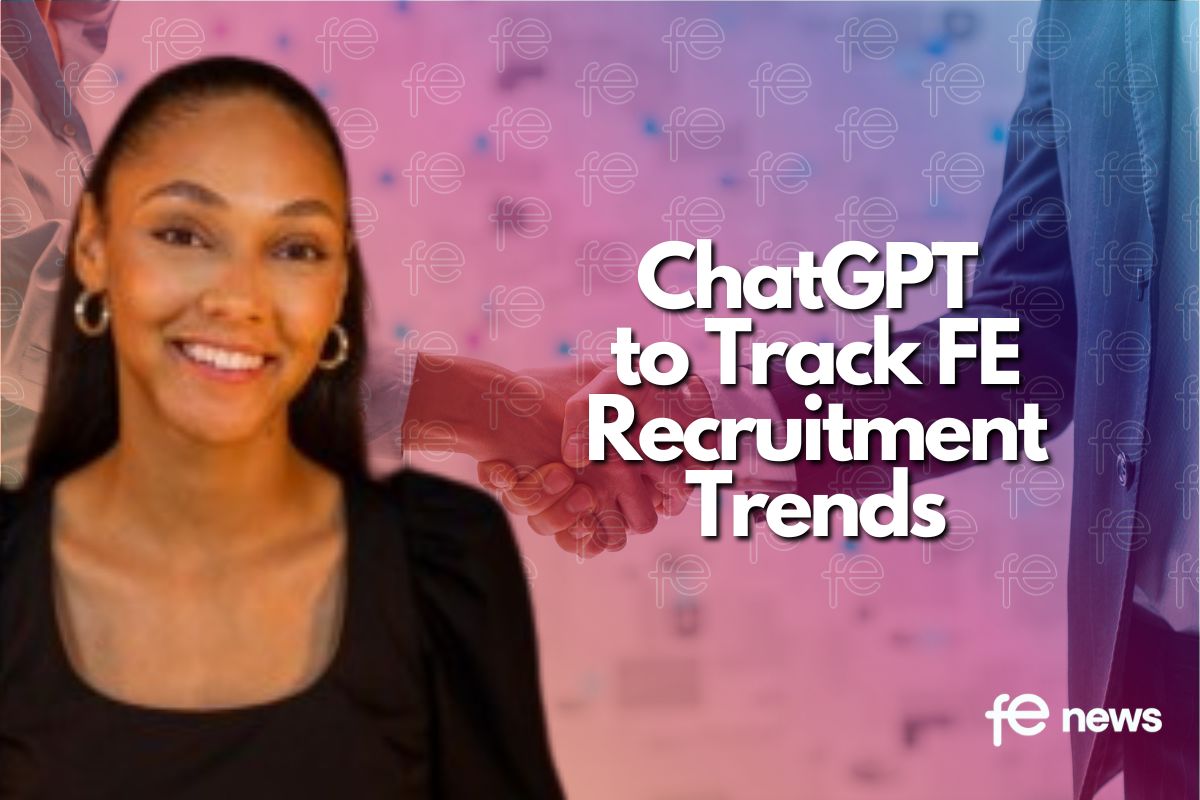New Research Employs ChatGPT to Track FE Recruitment Trends

Recruitment in the FE sector is a persistent challenge, with colleges investing significant resources in hiring staff to meet demand. Yet national-level data on recruitment trends has been notably limited. New research commissioned by the Gatsby Charitable Foundation, and conducted by SchoolDash, uses ChatGPT to analyse thousands of job adverts, offering a clearer picture of the challenges and opportunities facing FE recruitment today.
Stability is key, but challenges remain
The research examined over 36,000 job adverts posted by 134 FE colleges between 2022 and 2024. A notable 85% of these adverts were for permanent, full-time teaching roles for stable, long-term employment. Part-time roles, by contrast, have declined by 10% since 2022. However, over a third of adverts were reposted within three months, signalling ongoing difficulties in filling vacancies. While colleges are making efforts to offer stability, they face challenges in attracting and retaining the right candidates.
Colleges are improving employment terms
The study highlights encouraging steps taken by colleges to make teaching roles more attractive. For example, 90% of full-time teaching roles advertised included leave allowances exceeding the statutory minimum of 28 days, with most offering 30 days or more. In addition, mentions of flexible working have increased by 12% since 2022, reflecting an effort to meet the changing expectations of prospective staff.
However, the term ‘flexible working’ remains broadly undefined in many adverts, making it difficult to identify what form this flexibility takes—whether this is some remote working, alternative hours, or job-sharing opportunities. Greater clarity can help colleges broaden their appeal and attract a wider range of applicants, and Gatsby plans to undertake some further research in this area.
A data gap in FE recruitment
The FE Workforce Data Collection is a real step forward in offering data related to recruitment trends, however there is a lack of dynamic national data for the FE sector. A gap in data hinders evidence-based decision-making, both for colleges trying to adapt their recruitment strategies and for policymakers seeking to support the sector. This research marks a step toward filling that gap.
This new vacancy analysis shows colleges are seeking to offer competitive leave and flexible working options, but clearer definitions and stronger messaging may improve their ability to attract candidates. High readvertisement rates suggest that recruitment efforts could be helped by robust support systems for new entrants. Previous studies show that early-career support—such as mentoring, shadowing, and reduced initial teaching loads—significantly improves retention rates. To help address this, Gatsby is collaborating with the Department for Education to design a robust and scalable training model for Industry Associates—professionals transitioning into teaching from other sectors. The model aims to provide immediate support to these individuals while also building a sustainable pipeline of talent for the future.
Timo Hannay, Founding Managing Director of SchoolDash, added:
“These are still early days, and much work remains to be done in both improving the underlying technologies and optimising their effectiveness in use cases such as this one. But they are already helpful and cost-effective. Especially for underappreciated domains like FE recruitment, this holds out the hope of better, more timely information to inform sectorial activities and government policies. The information is out there if we know where to look and how to analyse it.”
By Emma Sayers, Gatsby Charitable Foundation










